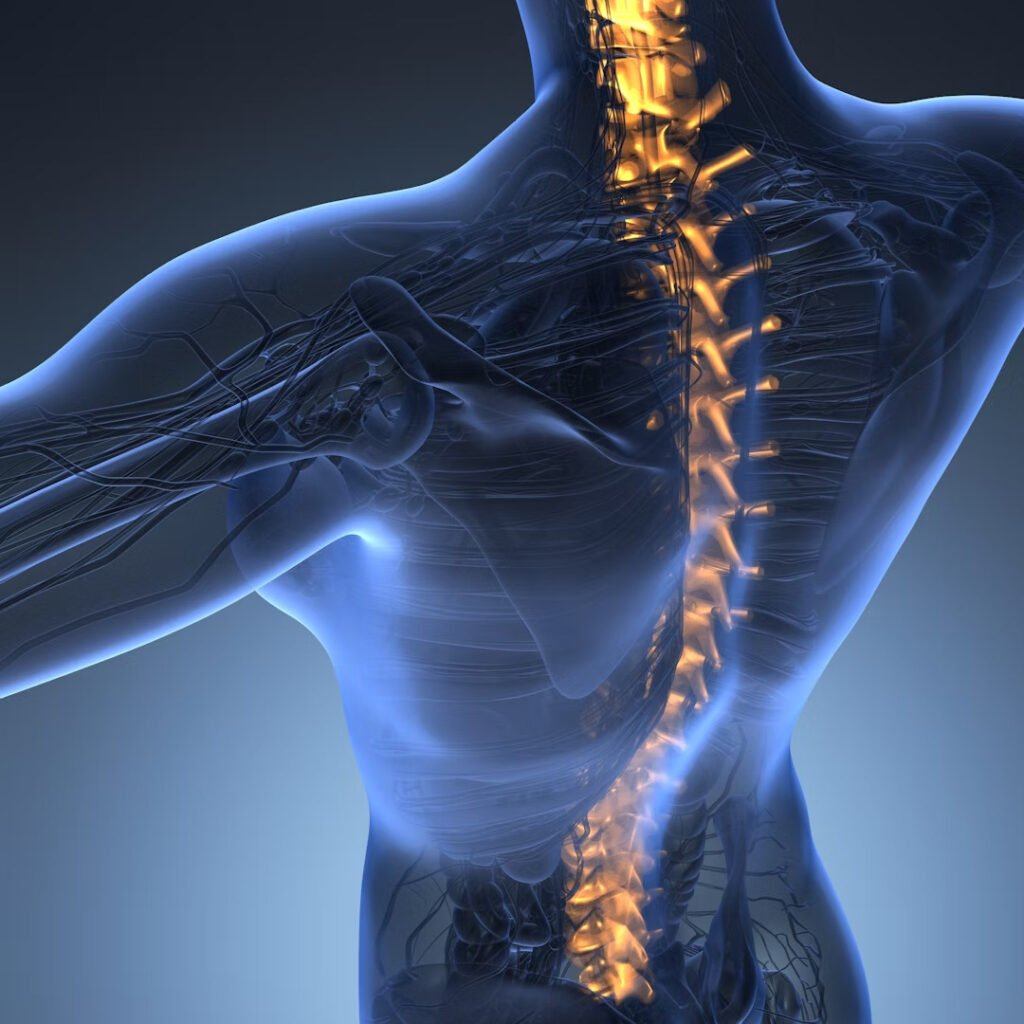Osteoporosis
Introduction
Osteoporosis is a chronic bone disease characterized by reducing the mass of the bone and the decline of bone tissue, increasing the risk of delicate bones and fractures. It is often called “silent disease” because it moves forward without symptoms until a fracture is a fracture. Generally affected areas include hip, spine and wrist. Risk factors include aging, hormonal changes, poor nutrition, sedentary lifestyle and some medical conditions or drugs.

Types of Osteoporosis
Postmenopausal osteoporosis
Due to lack of estrogen after menopause, mostly affects women between fifty to seventy years.
Sanil osteoporosis
Age -related bone loss, occurring after seventy years, usually affects both men and women equally.
Secondary instability
Hyperthyroidism is caused by medical conditions such as diabetes, kidney disease, or long -term corticosteroid drug.
Unknown osteoporosis
The rare form with unknown cause, usually affects children, adolescents or young adults without reasons.
Causes of Osteoporosis:
- Low estrogen in women after menopause and reduced testosterone in men can weaken bones.
- As the age increases, the density of the bone naturally decreases, makes bones delicate.
- The chances of developing it from the family history of osteoporosis increases.
- Calcium, vitamin D and protein deficiency weakens bones.
- Regular physical activity or lack of exercise causes bone loss.
- Long-term use of corticosteroids and some anti-aphiliptic drugs causes bone thinning.
- Diseases such as thyroid disorders, rheumatism and kidney problems contribute to bone damage.
- Smoking reduces bone mass and reduces body capacity to absorb calcium.
- Heavy alcohol intake intervenes with bone formation and calcium absorption.
- Eating or eating disorders like anorexia increases the risk of osteoporosis.
Causes of Osteoporosis:
Hormonal changes
After menopause reduce estrogen in women and decreased testosterone in men causes rapid damage to bone.
Ageing
With increasing age, the bone density naturally decreases, causing bones to become weak and more delicate.
poor nutrition
Lack of calcium, vitamin D and protein affects bone strength and minerals.
Sedentary lifestyle
Regular physical activity and lack of weight-bearing exercise are diluted with bone.
Certain Medications
Some drugs for long -term use and seizures of corticosteroids can weaken bones.
Symptoms associated with Osteoporosis:
- Bone pain, especially in back, hips or wrists.
- Repeated fractures even after minor fall or injuries.
- Loss of height over time due to spinal compression.
- Posts caused by weak vertebrae or hump.
- Low mobility and difficulty in doing daily activities.
- Combined hardness and discomfort during walking or standing.
- Weak grip strength leading to difficulty in catching objects.
- Fatigue and normal body weakness associated with delicate bones.
Investigations in Osteoporosis:
- Dual-Energy X-ray Abjostiometry (Dexa scan) is the standard of gold to measure bone mineral density. It helps to diagnose osteoporosis, assess fracture risk and monitor treatment effectiveness over time.
X-rays can reveal fractures, spinal deformities or bone being thin. However, they usually detect osteoporosis only in advanced stages, so they complement the bone density test.
This test measures the bone density in the spine and hip using 3D imaging. This provides detailed information, but includes high radiation risk than the standard Dexa scan.
MRI is not used for regular diagnosis, but helps to evaluate fractures related to osteoporosis, bone marrow changes and spinal cord issues without radiation risk, providing additional clinical insight.
Calcium levels in the blood are tested to complete metabolic disorders. Abnormal calcium may indicate issues such as hyperpiratyuridism or poor nutrition that contribute to weakening the bone.
Vitamin D is important for calcium absorption and bone health. Measuring vitamin D levels helps identify shortcomings that contribute to osteoporosis and guide supplementation in treatment plan.
Overctive thyroid (hyperthyroidism) can accelerate bone loss. Thyroid function tests help detect hormonal imbalance that affect bone health and guide suitable management to prevent osteoporosis from deteriorating.
This test examines the parathyroid gland function, as overacity increases calcium release from bones, causing osteoporosis. This helps identify secondary causes and ensures proper treatment strategies.
Low testosterone in men and estrogen in women contribute significantly to loss of bone density. Hormone level test deficiencies and help decide whether the hormone replacement therapy can help.
Blood and urine tests measure bio -chemical markers of bone formation and revival. They assess the rate of bone loss over time and monitor the effectiveness of osteoporosis treatment.
